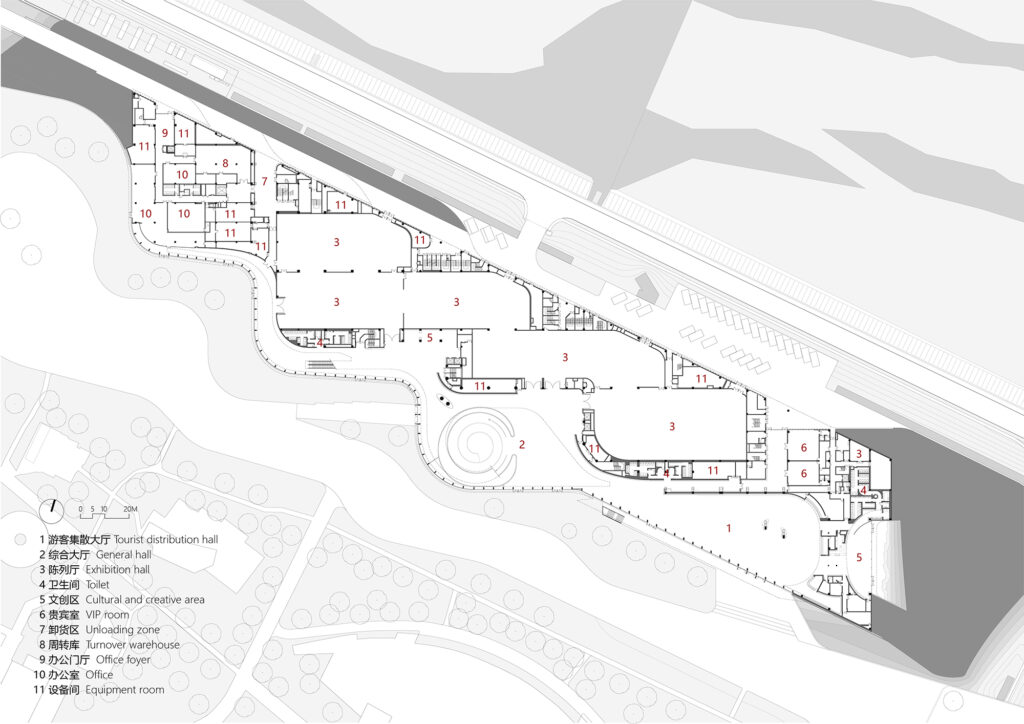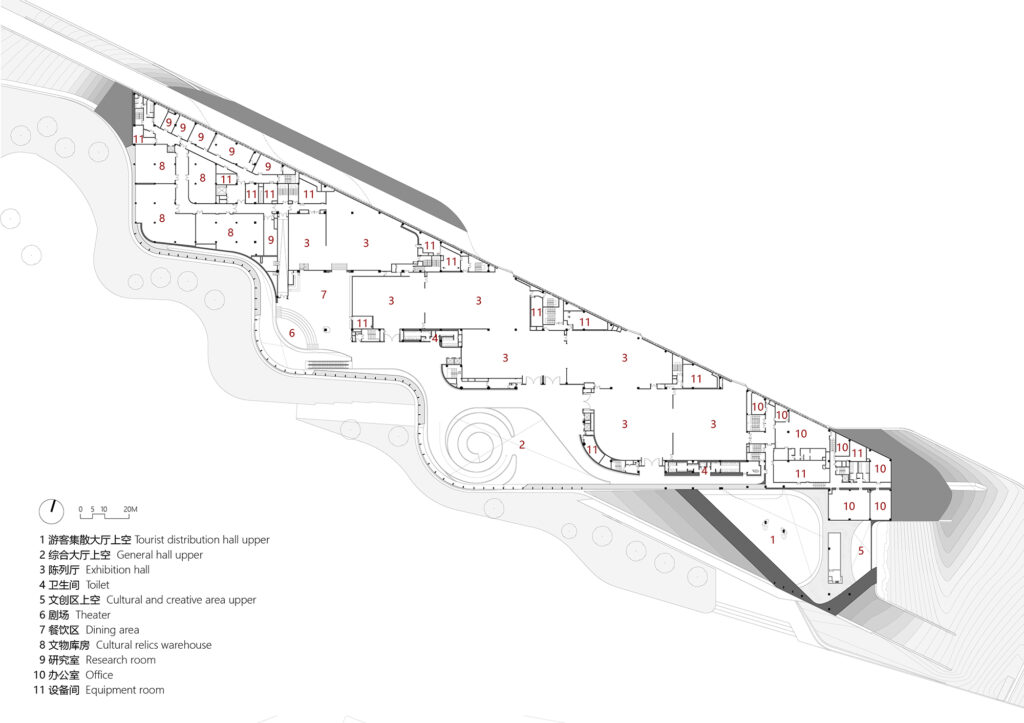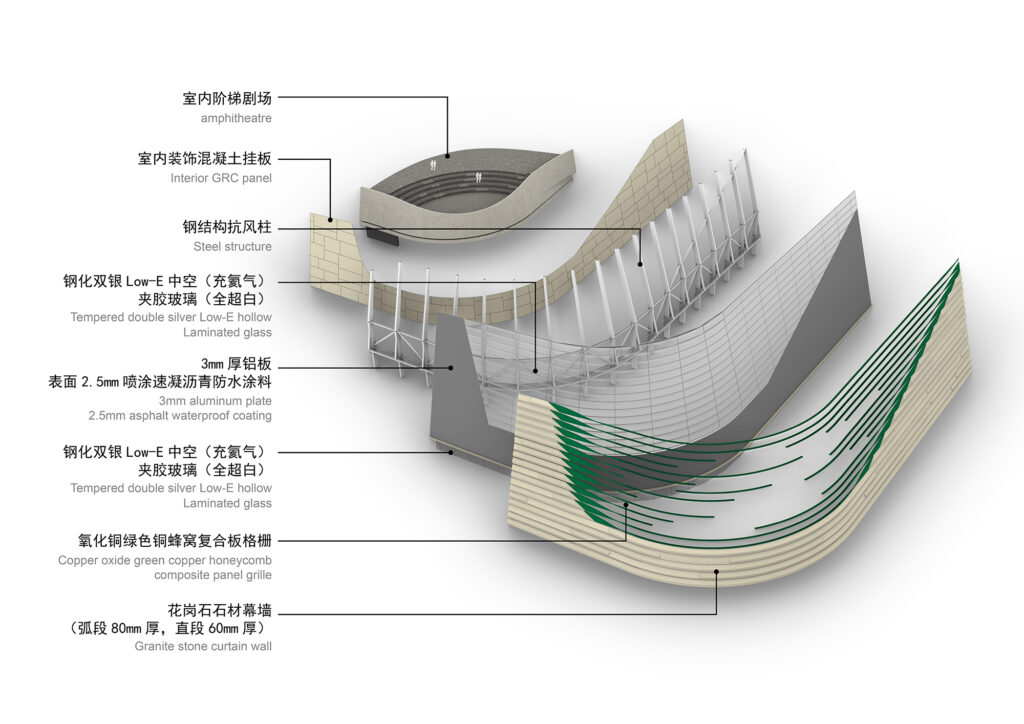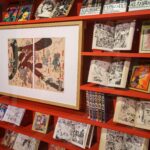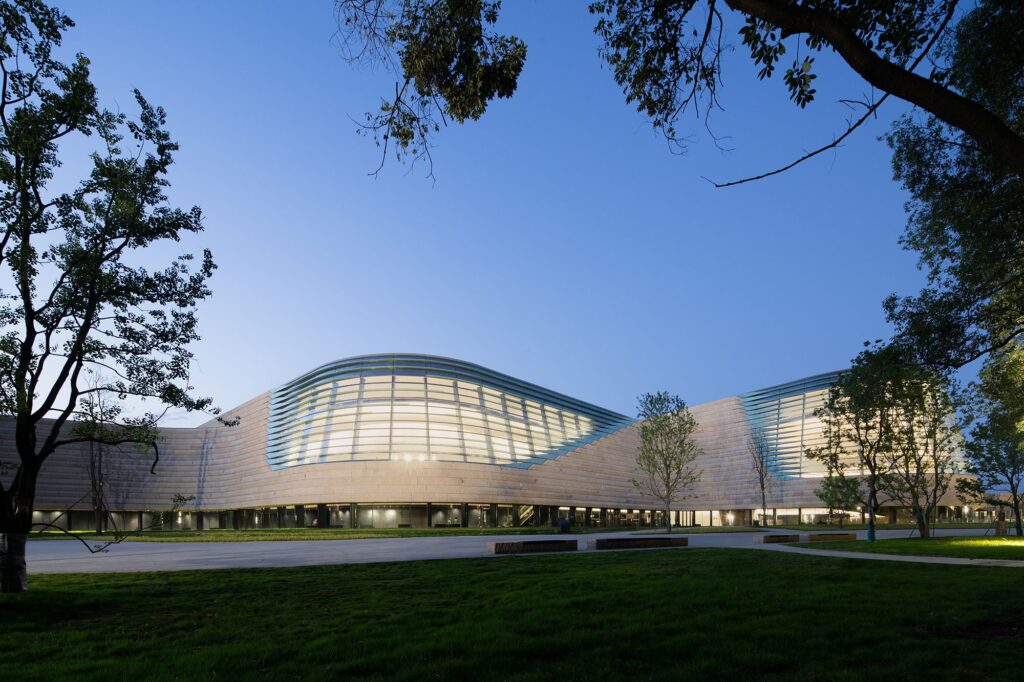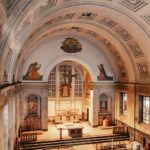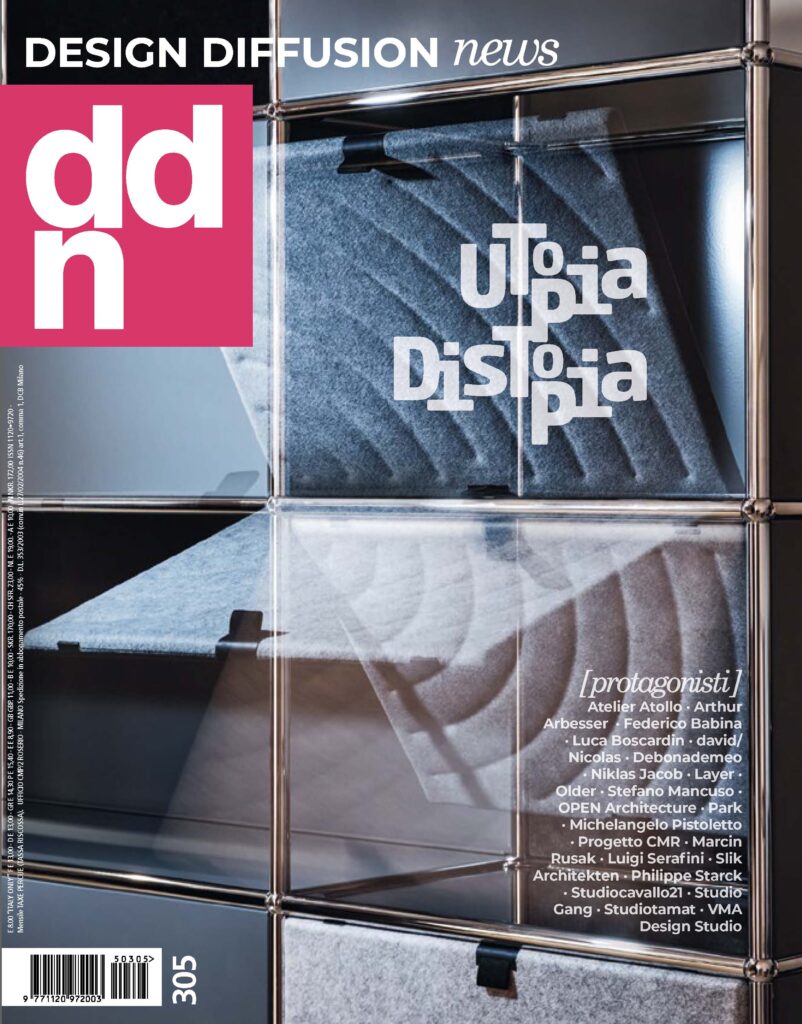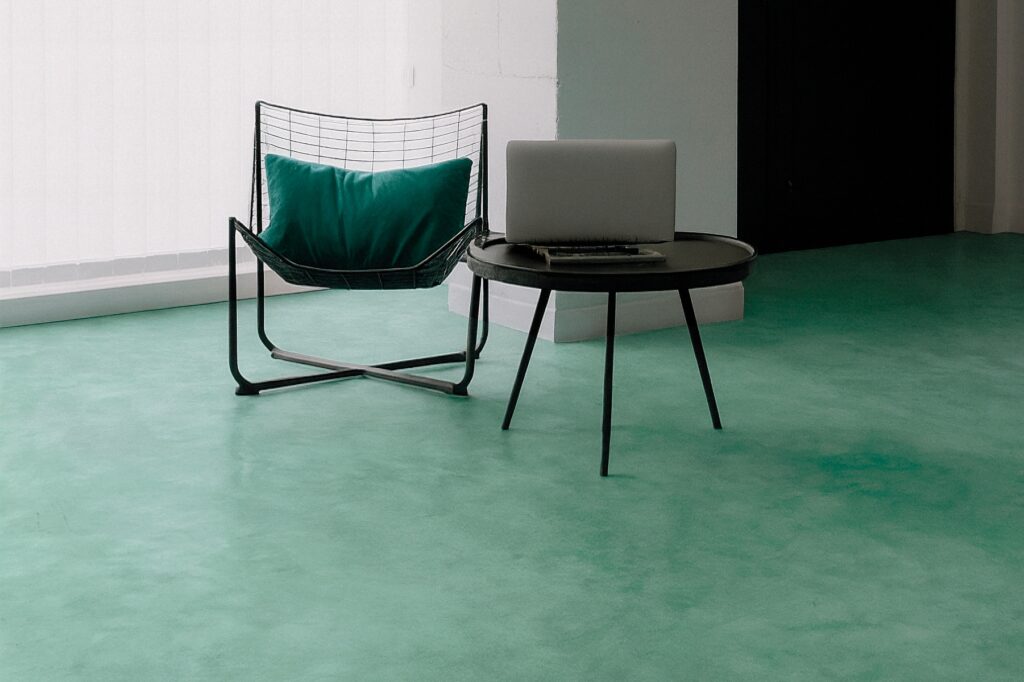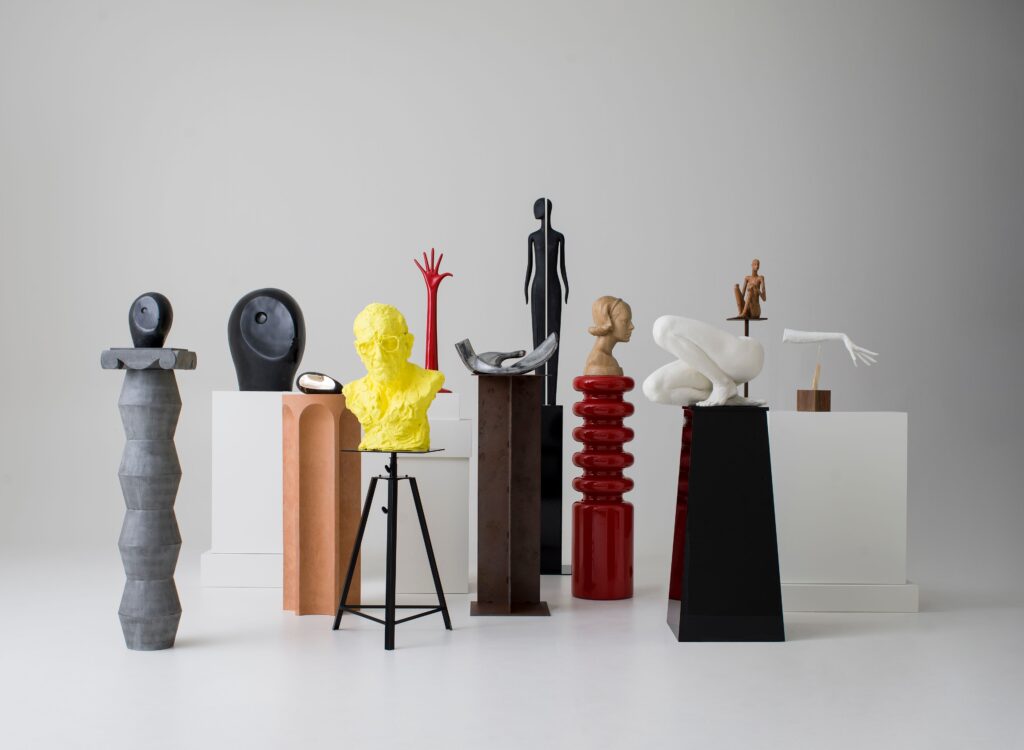The new Sanxingdui Museum reimagines the bond between history, architecture, and nature, offering visitors a dynamic journey through time and space
Located in China, 40 kilometers north of Chengdu along the Yazi River and west of Guanghan, the Sanxingdui archaeological site and its museum represent one of the most significant hubs for Bronze Age culture worldwide. With a history dating back 4,800 years, the site has yielded thousands of artifacts that unveil the civilization of the Shu Kingdom.

With the resumption of excavations in 2019, new treasures were unearthed, marking a new chapter in Sanxingdui archaeology. However, the existing museum park, inaugurated in 1997, lacked the capacity to house the newly discovered artifacts and accommodate the growing influx of visitors. To address this challenge, the China Southwest Architecture Design and Research Institute Co., Ltd. initiated a redevelopment project, creating a new museum designed to become the centerpiece for the preservation and enhancement of this extraordinary heritage.
A New Museum Experience
The redevelopment project included a complete reorganization of the Sanxingdui museum park, as well as the creation of a new circular route designed to enhance the visitor experience.

The park was previously traversed by two axes formed in different eras, resulting in a scattered arrangement of the structures. In the new design, however, a “counterclockwise circulation” starting from the new entrance plaza links the new museum, the old Museum No. 2, the altar, the cultural preservation center, and the old Museum No. 1. This creates a functional unity and a cohesive pathway, enhancing the narrative value of the site.
The new Sanxingdui Museum: hypogean architecture in dialogue with history
The new Sanxingdui Museum is surrounded by three mounds that evoke the ancient ruins of the Shu Kingdom. These mounds appear to emerge from the ground, responding to the site’s topographical features and honoring its historical significance. The new building covers an area of 54,400 sqm, taking on the same circular shape as the old Museum No. 2, with a roof covered in earth that seamlessly integrates with the riverbank.
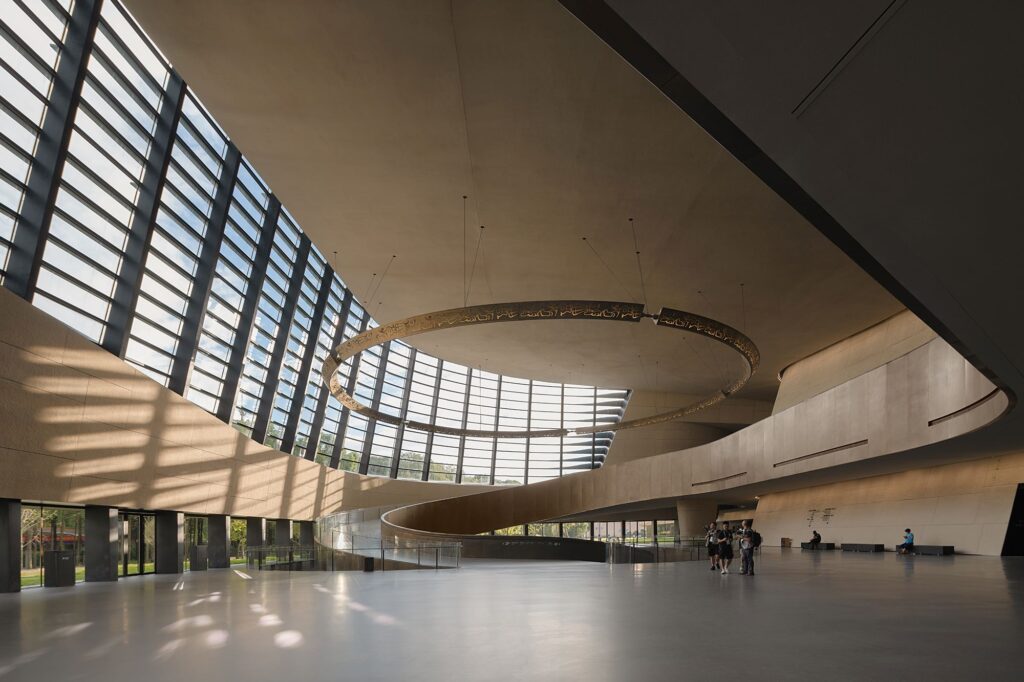
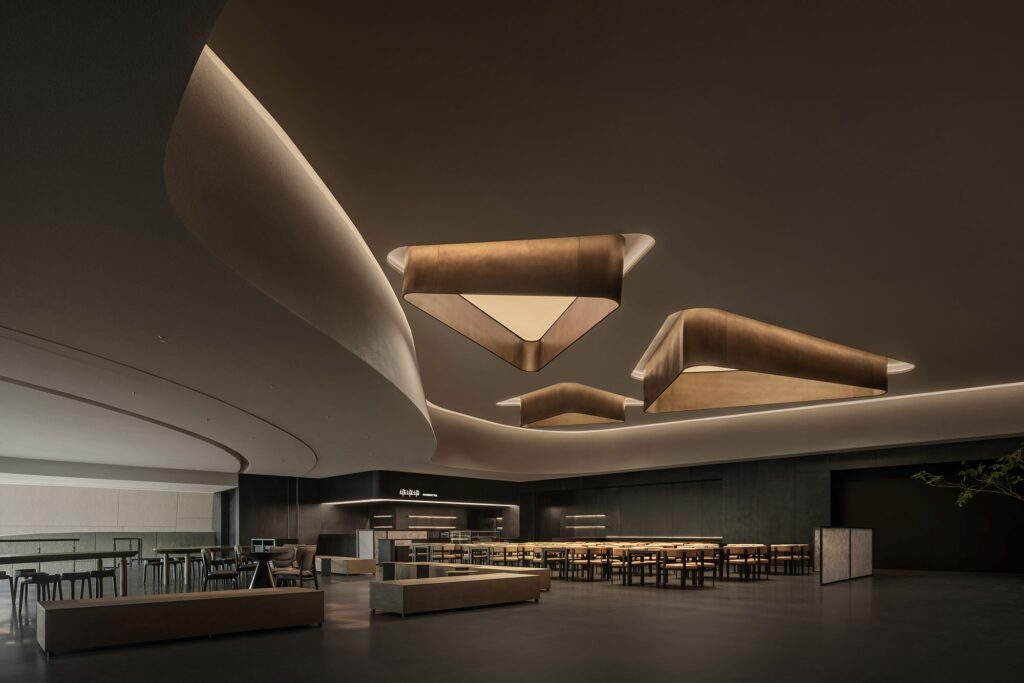
The museum’s dimensions allow for optimal use of space, with a continuous flow of exhibitions that narrate the evolving history of Sanxingdui. The design includes a series of exhibition areas covering 20,000 sqm, divided across two elevated floors with four permanent galleries on each floor, and two underground temporary galleries.
A design that tells a story…
At the entrance of the museum, visitors pass through a narrow slit, its shape inspired by the famous bronze masks of Sanxingdui. This eye-shaped opening symbolizes the connection between the external world and the museum’s interior, inviting visitors to embark on an immersive experience. The journey continues 10 meters below ground, where laser projections recreate images of the ancient civilization.
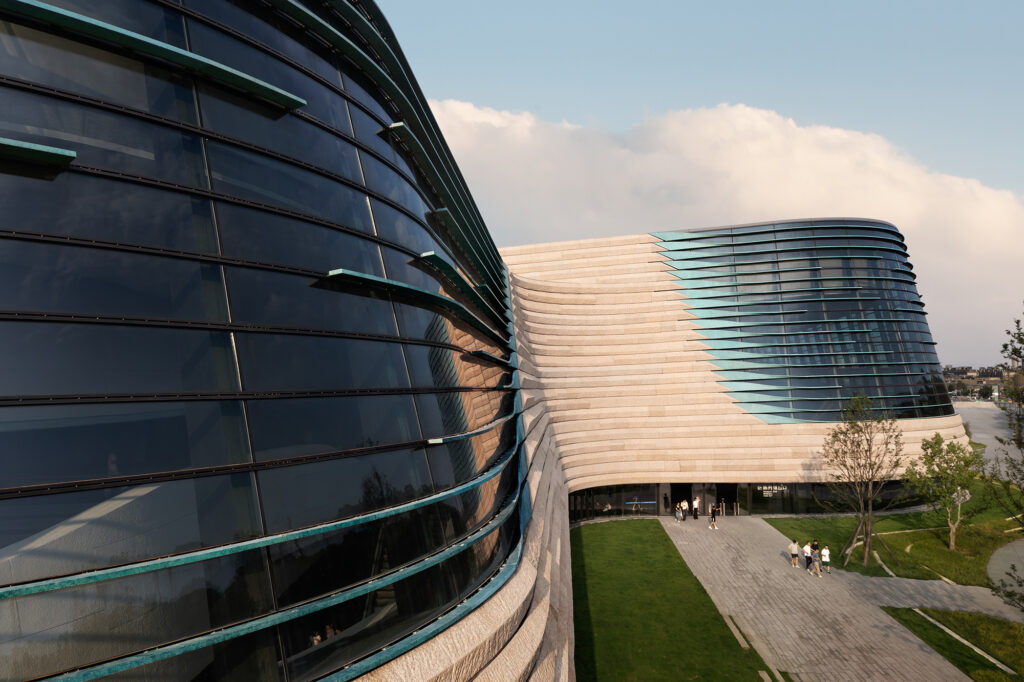
The new Sanxingdui Museum engages with the past through the use of special materials. For example, the “chrysanthemum yellow” granite used for the exterior walls symbolizes the earth and the ancient nature of the site. Meanwhile, the glass windows, integrated with a layer of oxidized bronze, pay homage to the metals used in the region’s bronze culture.
An immersive experience at the heart of history
The new Sanxingdui Museum goes beyond being a mere exhibition space. Visitors are invited to embark on a journey through time, exploring a continuous sequence of galleries that tell the story of the city. The layout of the exhibition spaces is designed to follow a narrative path, enhanced by an auditorium and areas for rest and refreshment, making the experience even more accessible and engaging. Additionally, the second-floor area offers a panoramic view of the river and the surrounding landscape.

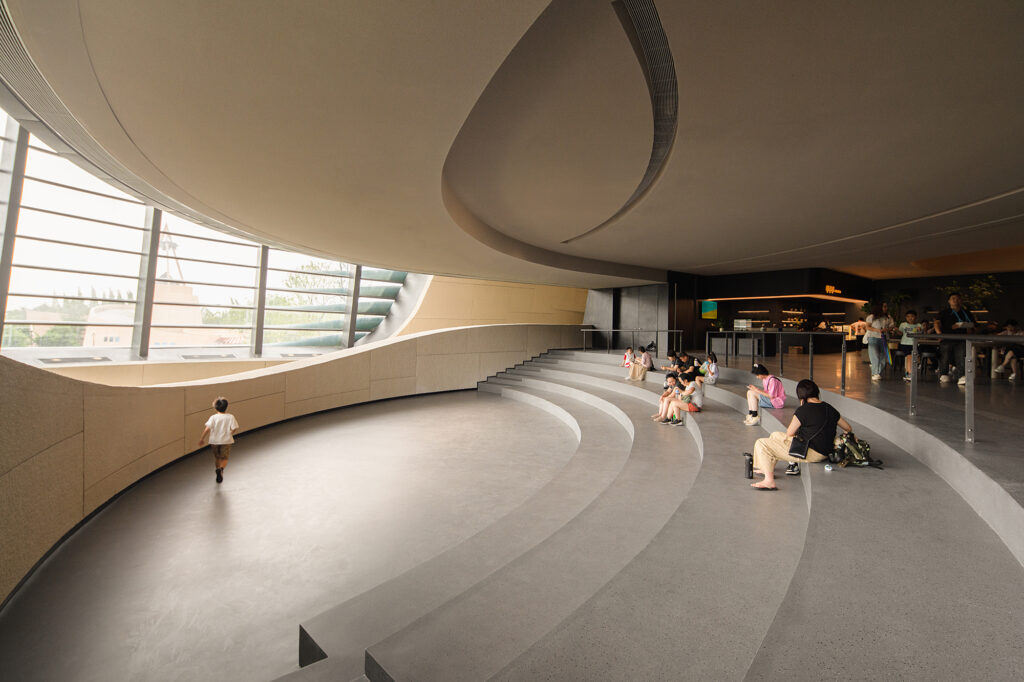
The new Sanxingdui Museum is not just a repository of historical artifacts, but an example of how architecture can tell the story and preserve the memory of an ancient civilization, creating an innovative dialogue between the past and the future.
